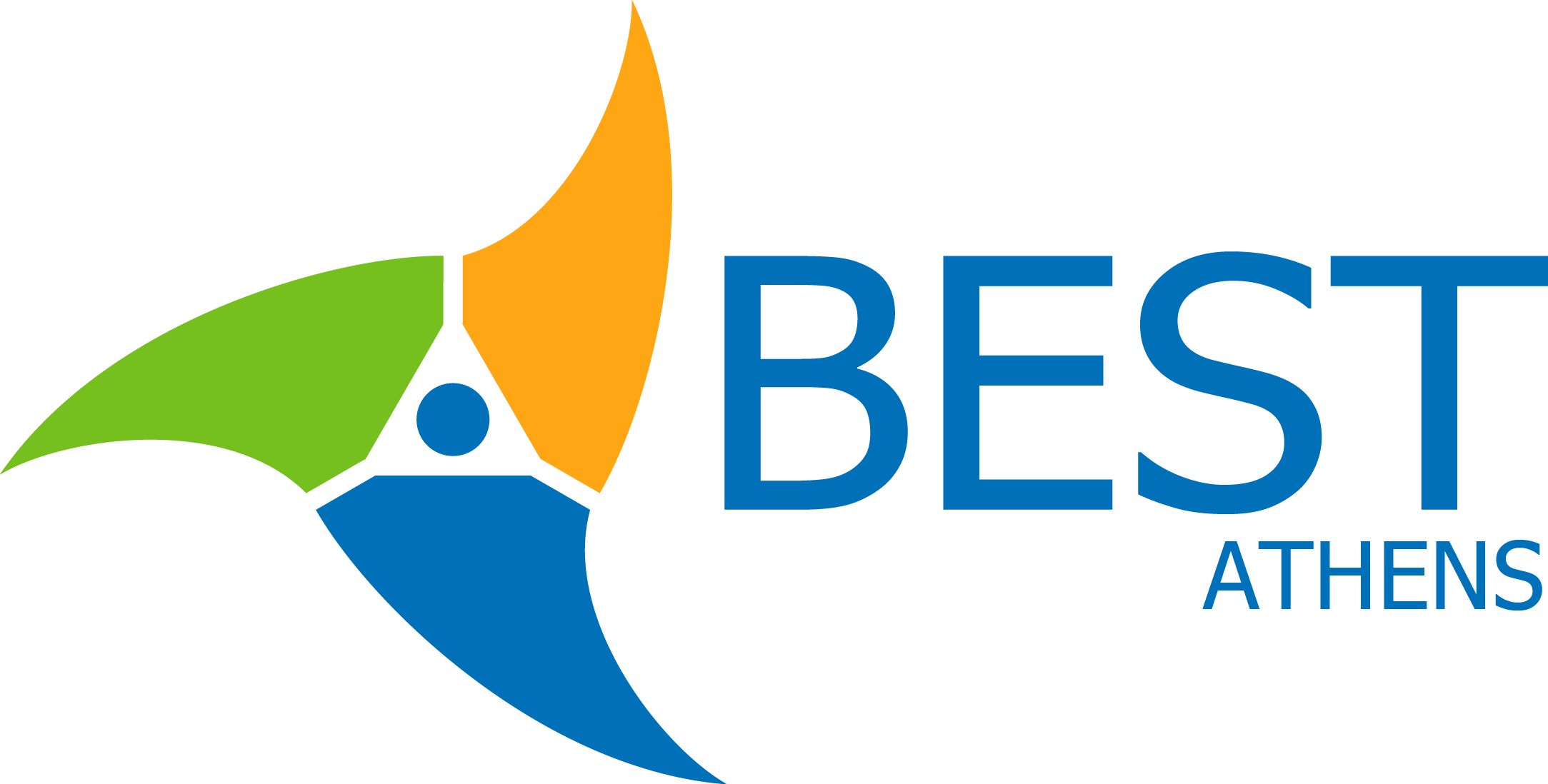A BaseTool is also the Tool type you must derive from when making a software that interacts with the labelmap information, and isn’t a brush. All Runnables expose the invoke and ainvoke strategies (as properly as other methods like batch, abatch, astream etc). You can also define a customized args_schema to offer more information about inputs.

After defining the custom profile for a device, you assign the geometry to the software using the Create/Modify Tool dialog field that’s https://www.globalcloudteam.com/ accessed from the Tool Library. This matter explains the way to create customized milling or drilling instruments (form
Add Customized Instruments
To modify an current device, select the software in the instruments listing, and click on Modify. If you are using instruments with agents, you’ll probably need an error dealing with technique, so the agent can recover from the error and continue execution. The @tool or the StructuredTool.from_function class methodology should be sufficient for many use circumstances.
from which different P4V customers can import them.
The EditorToolContext API changes what the Editor’s built-in Transform instruments have an effect on. You can discover the available native instruments in LangChain here and look at the dictionary _EXTRA_OPTIONAL_TOOLS for the necessary thing of the device. You cross in a question (text string), and you get a outcome (text string). Note that in contrast to a lot of the callbacks, the element on which the Tool resides is handed to the mode change callbacks, not evt. You needn’t import any mixins to your class file; this is dealt with in BaseTool.
When a software encounters an error and the exception just isn’t caught, the agent will stop executing. A part device is only out there when you select a GameObject with the element the device comes from attached to it. For example, you’ll be able to only use a custom manipulator tool for lights when you select a GameObject with a Light component. Once you have an applicable base class chosen (we will use the BaseTool in this example), you’ll be able to extend it to begin building your Tool. In this example we shall make a Tool that logs ‘Hello cornerstoneTools! The BaseAnnotationTool inherits from BaseTool, and is meant for any Tool that will create/modify and show its own annotation knowledge on the canvas (e.g. LengthTool).
Including Mixins
The BaseTool is the fundamental base class, with simply the performance required to function within the Cornerstone Tools framework. The different two base lessons BaseAnnotationTool and BaseBrushTool both inherit from BaseTool. You can even explicitly outline a customized software by subclassing the BaseTool class.
By turning your task-oriented fashions and scripts into tools, you must use them in the identical means as system instruments, creating sequences of tasks in ModelBuilder or scripting. You can construct your individual library of instruments that perform small however important duties on your group. The StrurcturedTool.from_function class methodology provides a bit extra configurability than the @tool decorator, without requiring a lot additional code. Tools you create are known as customized tools and become an integral part of geoprocessing, just like system instruments. You can open and run any device from the Search or Catalog window, use it in ModelBuilder and the Python window, and name it from one other script.

This offers maximal control over the tool definition, but is somewhat more work. You can export the instruments you have defined to an XML file that other P4V users can import. Likewise, you’ll have the ability to import tools that different P4V users have created.
Assigning Custom Tool Geometry
If the software context button isn’t selected, then the default GameObject device context is active. The software context button isn’t available from the Tools overlay if there aren’t any further software contexts in your project. An Editor tool’s context determines what that tool impacts within the Editor.

be accessed from the Tools menu in P4V and optionally from context menus. You can export your customized device definitions to a file
Modifying Present Instruments
The process of creating custom instruments in BobCAD-CAM consists of making a wireframe profile of the tool that is revolved around the Y-axis of the WCS. You create strong entities to outline the slicing portion of the tool and dashed entities to define the
You can set handle_tool_error to True, set it as a unified string value, or set it as a function. Subclassing from the BaseTool class lets you propagate callback capabilities executed at specific points through the tool’s execution. The BaseBrushTool inherits from BaseTool and is intended specifically for Tools that want to create/modify/delete segmentation information (e.g. BrushTool). Potential subclasses could include adaptive brush Tools, or region rising Tools that require a seed area to be drawn.

Alternatively, you presumably can check your software package deal utilizing the script beneath to make sure that you’ve packaged your device YAML recordsdata and configured the package tool entry level correctly. This @tool decorator is the only method to define a customized tool. The decorator makes use of the operate name as the software name by default, however this can be overridden by passing a string as the first argument. Additionally, the decorator will use the function’s docstring because the software’s description – so a docstring MUST be offered. The tools can then be accessed from the Tools menu in P4V and optionally from context menus.
Defining Customized Tools
any P4CONFIG information current in the file hierarchy on which it is working. Settings in P4CONFIG information override settings in the environment.
From expanding performance with specific use instances to seamless integration and automation, LangChain agents are reshaping how we interact with AI methods. To decide whether to make use of the @tool decorator or the Tool data class, think about the level of customization and control you require on your Tool. If your project contains multiple tool contexts, you ought to use the first button within the Tools overlay to pick out a software context.
You can export the instruments you’ve outlined to an XML file that different P4V customers can import.
Unity has many built-in components, and you’ll create your individual by writing scripts that inherit from MonoBehaviour. Tools you create with the EditorTool API can either be international or element instruments. New toolbars are added above the chosen existing
Use the @tool decorator to rapidly create a Tool while not having superior customization or defining custom occasion variables. The @tool decorator differs from the Tool dataclass in offering a extra lightweight and function-based method to making definition of custom tool a Tool. It lets you outline the Tool’s performance directly within the adorned function, making it simpler to encapsulate particular duties or operations.

No responses yet